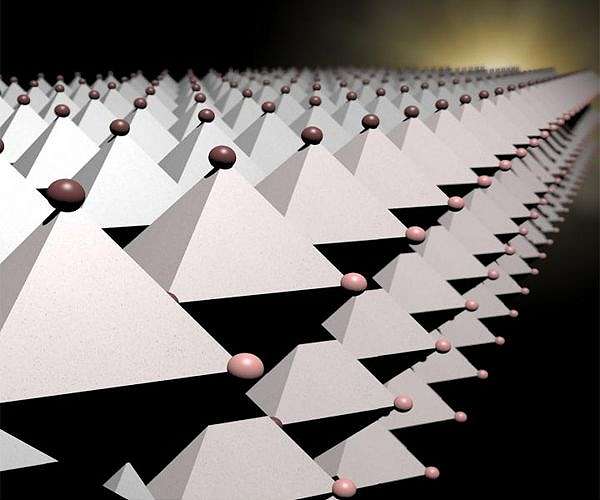New layered perovskite structure explored for improved optical properties
Perovskites are of critical importance in the field of materials science due to their different and varied properties arising from their unique crystal structure. These properties have potentially revolutionary applications in advanced technology areas. One method to exploit these properties involves precise manipulation of defects within the perovskite structure, such as missing atoms or replacing one type of atom with another.
In the field of oxide chemistry, it is well known that such defects in oxides can self-organize within the crystal structure when they reach a certain threshold, leading to improved material properties. Although this defect ordering phenomenon is well documented in perovskite oxides, it is not as common in hybrid halide perovskites, which consist of an organic component, a metal, and a halogen.
A recent study highlighted in ACS Materials Letters reveals findings from Associate Professor Takafumi Yamamoto and his team at the Tokyo Institute of Technology, who discovered a new defect-ordered layered halide perovskite. The research builds on previous work where the introduction of thiocyanate ions (SCN-) into the FAPbI3 lattice led to structured defect formations. Dr. Yamamoto suggests, “Increasing the SCN concentration could enhance the formation of these defect structures, similar to those observed in vacancy-ordered oxide perovskites.”
The research involved the synthesis of FAPbI3 in powder and crystal forms, using specific ratios of SCN-. When a sufficiently high SCN ratio was used, the resulting perovskite was FA4Pb2I7.5(SCN)0.5. This compound showed organized defects in all its layers – even more so than its predecessor, FA6Pb4I13.5(SCN)0.5, where fewer defects were organized.
The study identifies this material as part of a ‘homologous series’ – a series in which systematic changes in the chemical formula yield predictable changes in properties, here observed as variations in the optical band gap correlated with defect concentration.
“This marks the first instance of a homologous series based on the order of defects in hybrid organic-inorganic perovskites,” notes Dr. Yamamoto op. “Our findings provide a fundamental strategy for manipulating defect structures to tailor the optical properties of perovskites, offering a promising avenue for innovation in materials science.”
The implications of this research are significant and could potentially pave the way for new perovskite materials with tailored properties for future technological applications.
Research report:FA4Pb2I7.5(SCN)0.5: n = 3 Member of Perovskite Homolog Series FAn+1Pbn-1I3n-1.5(SCN)0.5 with organized defects


